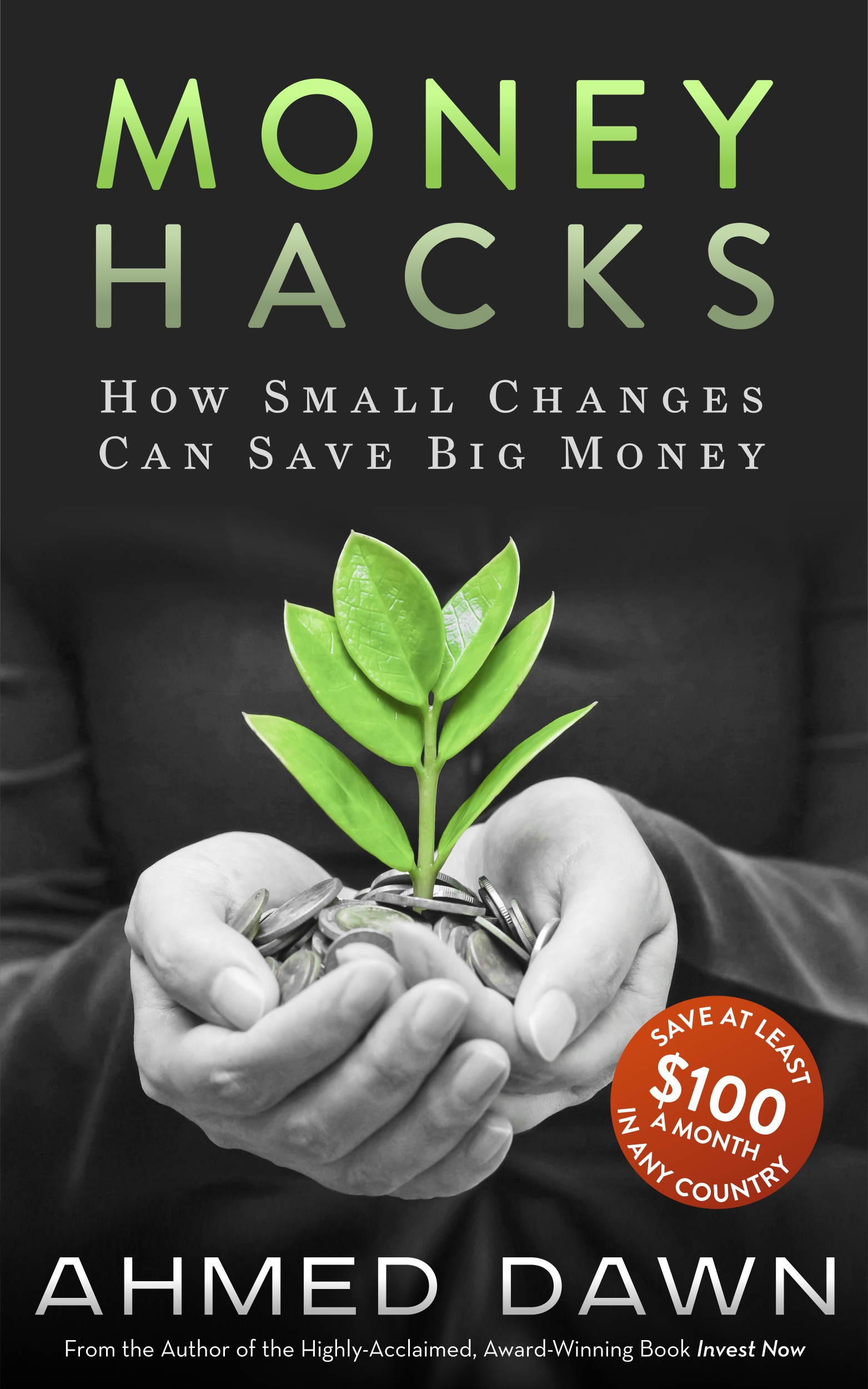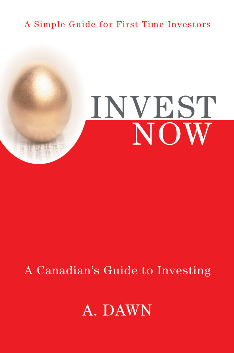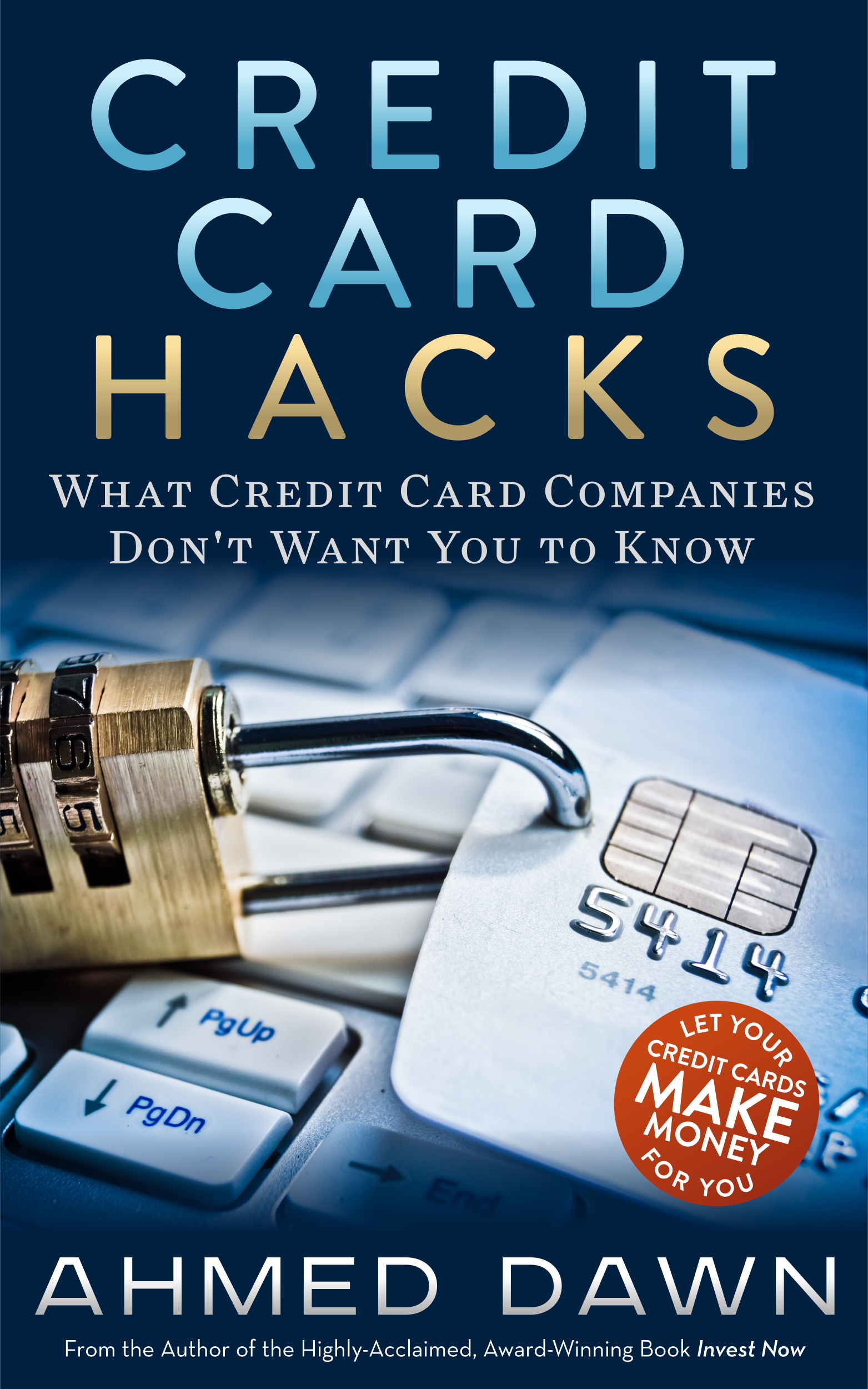Real Return Bonds (RRB) and Treasury Inflation-Protected Securities (TIPS)
/Real Return Bonds And Their Place In Your Future
First Published Date : October 25, 2009 ADawnJournal.com
With governments around the world insisting that their recessions are over and that the green shoots of economic recovery are now visible, there is an increasing line of opinion holding that there is no better time than now to start investing – or to call a halt to a self-imposed period of no investment – in order to see the benefits of this recovery period for all they are worth. However, caution is also a concern for many given how recent the recession’s lowest points were. At this time, a secure investment with a reasonable return is the absolute ideal for anyone looking to secure a bit of money for the future.
When it comes to secure investment, it is tricky to be absolutely sure of getting what you need for your money. While the economic indicators show that the recession has finished to all intents and purposes, buying shares at the present time is still a little perilous, with companies still having to make cutbacks to deal with the realities of a post-recession age. A secure investment, it must be said, is also an investment which is unlikely to bring a massive pay-off. High returns are still only likely from high-risk investments.
If you are in a position where a comparatively low return for no risk sounds like a good idea, however, then your best choice may well be a real return bond (RRB). Very similar in nature to the American TIPS (Treasury Inflation-Protected Securities), the real return bond is an investment which links your savings to the rate of inflation. As well as this interest is paid on the bond to the rate of interest. Practically speaking, this means that if you buy a $1,000 bond and at the six-month mark the interest rate is 4% and inflation at 2%, the principal of your bond will rise to $1,020 and you will receive a further interest payment of $20.40. As the interest rates climb, payments will continue to accrue based on the principal of your bond.
The important thing for an investor with an RRB is to hang on to it until it matures. If you do that, the realization price is based on the interest rate at maturity while if you sell it prior to maturity you will find that the price is based on the prevailing interest rate – and may be less than you originally invested. This poses problems for some, as the typical life of an RRB is thirty years. If you have the patience to wait this out then the return at the end can be considerable – although it is possible for the RRB to return less than face value if, over the life of the bond, there has been a net deflation.
The above warnings are simply worst-case scenarios however, as the fact of the matter is that should you invest in an RRB you will most likely be in it for the long run, and there have been almost no 30-year periods which have seen a net deflation in the market.
What RRBs should guarantee you is an above face value payout on maturity. This is useful if you are looking to support a future venture. With the 30 year life of most RRBS, many people buy them in their mid-thirties as a potential cushion for their retirement. As no-one is quite far-sighted enough to predict market behavior by the year for the next three decades, there is little benefit in assuming exactly how much you will get for a matured bond after it matures, but it is enormously unlikely to be any less than its face value and, with interest and inflation behaving normally, it can be considerably more.
Buying an RRB is something worth doing if you have a pot of money for investment and are content for it not to be liquid for an extended period of time. As long as you fit these criteria, it is an excellent way to feather your nest for the future. Most usually, the face value of a new RRB is $5,000, but there are many available for a lower price. There is also nothing to stop you from holding several bonds if you have the liquidity to invest in them. If you decide to invest in a real return bond, then your first stop should be the Bank of Canada website to consult the figures there for a bond’s “real yield” and “real price”. This will enable you to calculate the amount that you will have to pay for a bond, and how much you will get on maturity if the market behaves realistically.
Once you have gleaned this information it is time to call your broker and have a conversation, asking for information pertaining to the current and potential future benefits of buying the bond that you have identified. Once you are invested, settle in to see what the market has in store for you and be conscious that this is a long game.
As mentioned at the beginning, RRBs are not dissimilar to the American TIPS. It is possible for Canadians to cut out the middleman and directly purchase a TIPS from an American broker or the US Treasury. However, unlike an RRB, a TIPS bought from the US Treasury cannot be held inside a tax-sheltered account such as an RRSP, so it makes little sense to do things this way. It makes considerably more sense to buy direct from a broker. The major substantive difference between these bonds is that TIPS are guaranteed to pay out at least face value on maturity. Additionally, the US and Canada have different tax rules and regulations, so when deciding which you should buy it is beneficial to check the market rates in both countries.
Naturally, each possibility has its advantages and disadvantages, and the two countries will often see different economic performance over the course of an economic period. Both should, however, see you with a creditable return on your investment for very little risk.
















